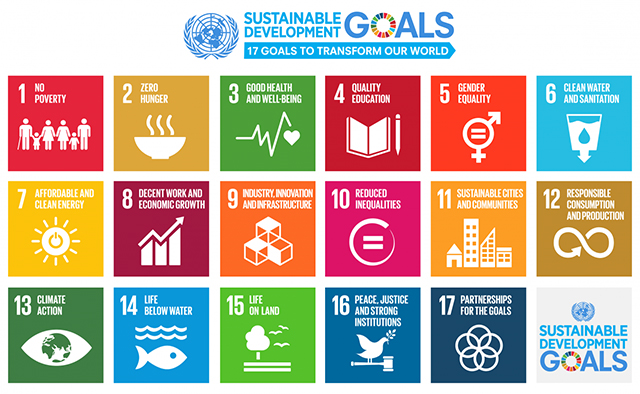Title
Homelessness Among Minorities
Document Type
Poster
Abstract
To investigate how legal institutions treat minorities, we researched how homelessness is more likely in minorities such as people of color and the LGBT community, due to the prevalence of discrimination (racism, homophobia, and transphobia). We took a deeper glance into the reasons why homelessness rates are higher among minorities and found that it was because of the lack of economic and social support for those minorities. At first, discrimination was the cause for federal discouragement, but then federal discouragement became the foundation for discrimination. Thus this toxic cycle facilitates itself throughout generation by generation. Homophobia and transphobia reach the homes of families all throughout America, creating environments that are unwelcoming and unhealthy for children who happen to be born as LGBT. As for racism, discrimination reaches a local scale, be they racist or unwelcoming. As a result, some POC families may struggle economically, and some LGBT children who are unfortunately outed to their parents may be kicked out or disowned. These are two specific cases in which homelessness is a potential outcome, and the unfortunate reality is because it all comes down to discrimination. The treatment of minorities affects our everyday lives because it is important to know to respect diversity. Especially at a school such as IMSA, where the student and staff population is so diverse, and because high school students make up the future government, learning how the the government is currently treating minority groups is crucial. The UNSDG goal we are addressing is reduced inequalities. This goal intends to lift many people out of poverty by making all opportunities of equal chance for all people, no matter the difference. Our research supports this goal by trying to make the facts of homelessness in the LGBT community known to the world so we can continue to make strides for equality every day. The sources of our data include Williams Institute, True Colors United, USNDG page on Inequality and NCHE.
Homelessness Among Minorities
To investigate how legal institutions treat minorities, we researched how homelessness is more likely in minorities such as people of color and the LGBT community, due to the prevalence of discrimination (racism, homophobia, and transphobia). We took a deeper glance into the reasons why homelessness rates are higher among minorities and found that it was because of the lack of economic and social support for those minorities. At first, discrimination was the cause for federal discouragement, but then federal discouragement became the foundation for discrimination. Thus this toxic cycle facilitates itself throughout generation by generation. Homophobia and transphobia reach the homes of families all throughout America, creating environments that are unwelcoming and unhealthy for children who happen to be born as LGBT. As for racism, discrimination reaches a local scale, be they racist or unwelcoming. As a result, some POC families may struggle economically, and some LGBT children who are unfortunately outed to their parents may be kicked out or disowned. These are two specific cases in which homelessness is a potential outcome, and the unfortunate reality is because it all comes down to discrimination. The treatment of minorities affects our everyday lives because it is important to know to respect diversity. Especially at a school such as IMSA, where the student and staff population is so diverse, and because high school students make up the future government, learning how the the government is currently treating minority groups is crucial. The UNSDG goal we are addressing is reduced inequalities. This goal intends to lift many people out of poverty by making all opportunities of equal chance for all people, no matter the difference. Our research supports this goal by trying to make the facts of homelessness in the LGBT community known to the world so we can continue to make strides for equality every day. The sources of our data include Williams Institute, True Colors United, USNDG page on Inequality and NCHE.


